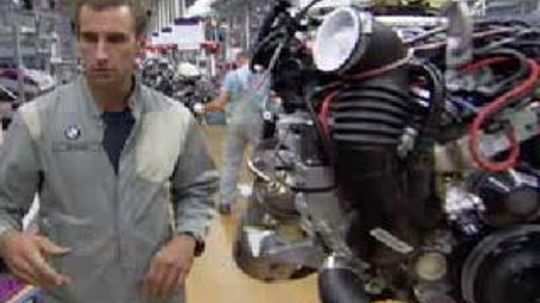Unlocking the Secrets of this Essential Automotive Component
An Introduction to Radiator Caps
Radiator caps may seem like simple devices, but they play a crucial role in maintaining the optimal performance of your vehicle’s cooling system. These unassuming components are responsible for regulating pressure within the radiator, preventing overheating and potential damage to your engine.
The Inner Workings of a Radiator Cap
At first glance, a radiator cap appears as nothing more than a small metal cap with rubber seals. However, beneath its modest exterior lies an intricate mechanism designed to control coolant flow and maintain system pressure.
When you twist open the cap, it reveals two valves: the primary valve and the secondary valve. The primary valve is spring-loaded and acts as a pressure relief mechanism. It opens when internal pressure exceeds a predetermined limit, allowing excess coolant to escape into an overflow reservoir or recovery tank.
The secondary valve serves another important function – it allows air to enter the cooling system while preventing coolant from escaping. This ensures that no air pockets form within the radiator during operation, which could impede proper heat transfer.
Maintaining System Pressure
A key feature of radiator caps is their ability to maintain optimal system pressure by controlling boiling points. As coolant heats up under normal operating conditions, its boiling point increases proportionally with rising pressure levels inside the closed-loop cooling system.
This increase in boiling point helps prevent premature evaporation or “boil-off” at higher temperatures encountered during engine operation. By raising the boiling point above 100 degrees Celsius (212 degrees Fahrenheit), radiator caps enable engines to operate efficiently without risking catastrophic overheating events.
In Conclusion
While often overlooked, radiator caps are essential components that ensure the smooth operation of your vehicle’s cooling system. By regulating pressure and maintaining optimal boiling points, they help prevent engine damage caused by overheating.
So, next time you twist open a radiator cap to check coolant levels or perform routine maintenance, take a moment to appreciate the intricate mechanics at play within this seemingly simple device.



